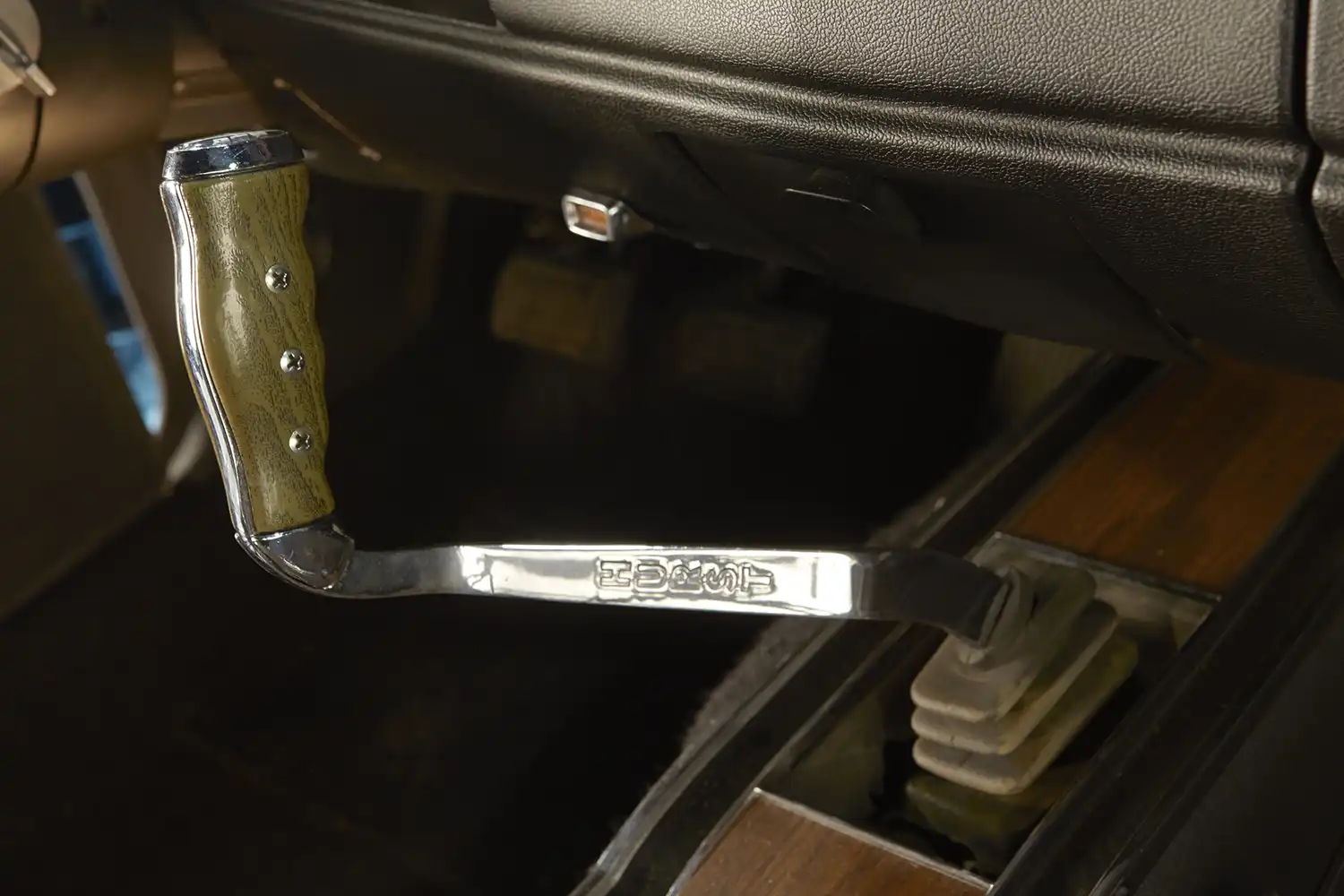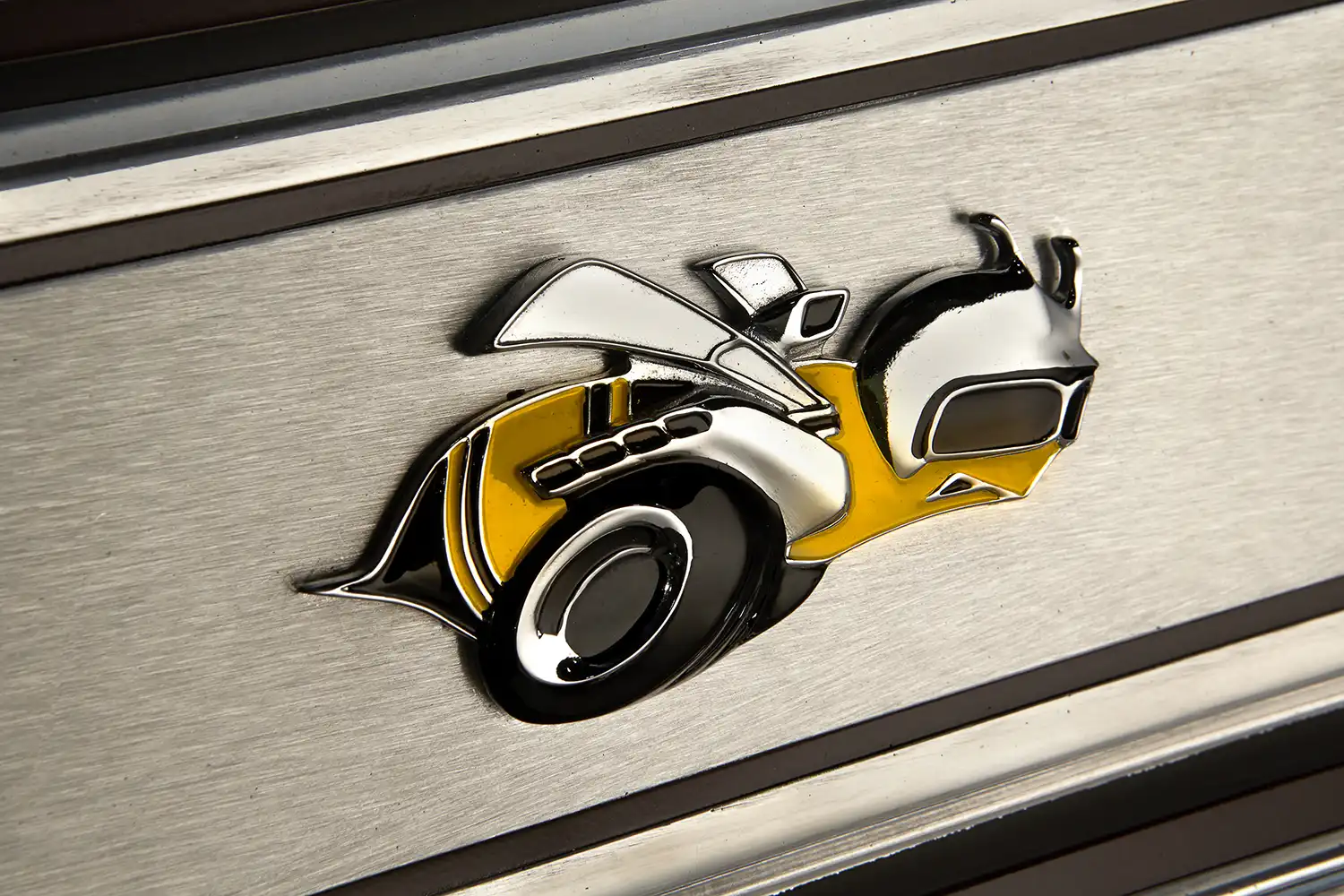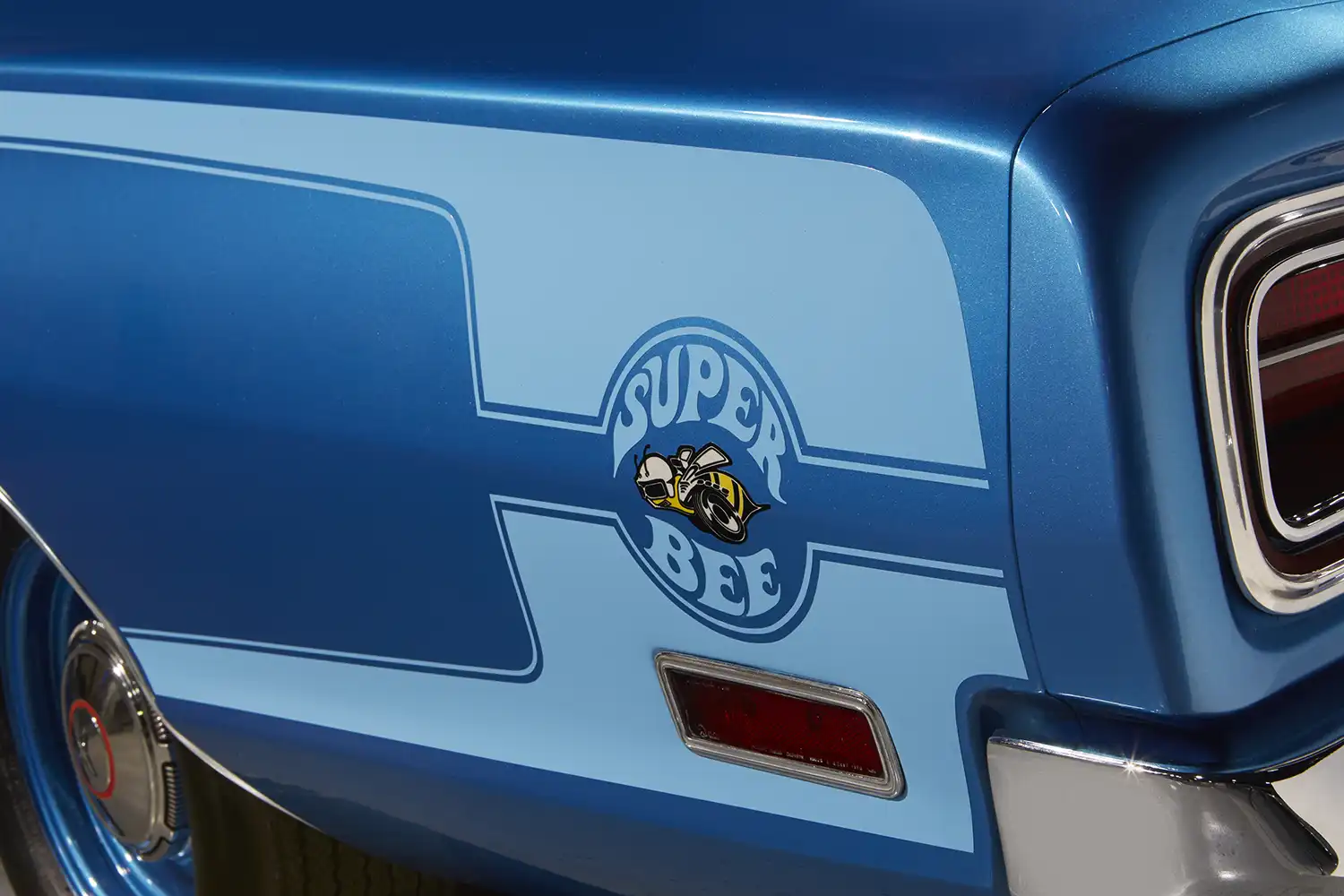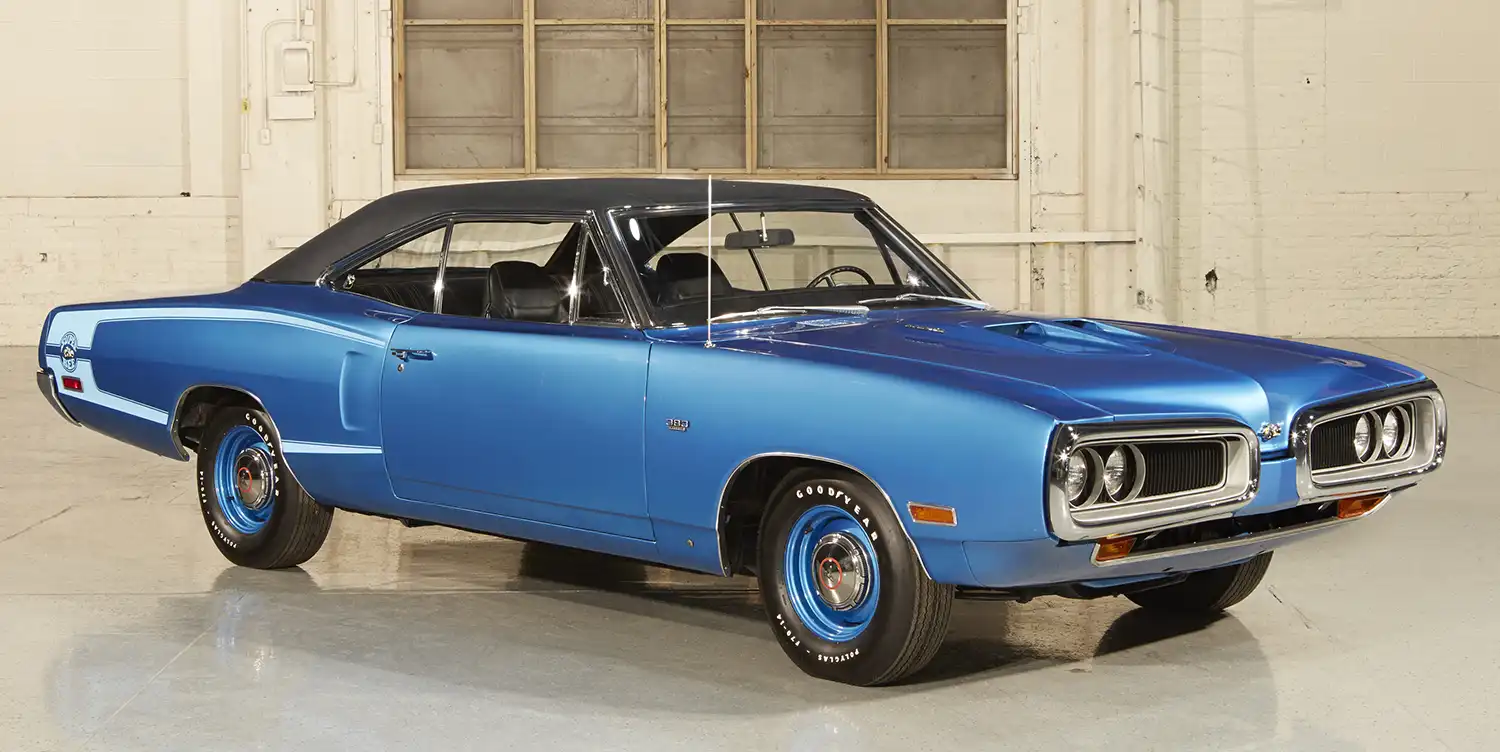
The 1970 Dodge Super Bee stands as a significant muscle car. It was built for performance enthusiasts. The Super Bee name originally appeared in 1968. It was a budget-oriented, high-performance variant of the Dodge Coronet. For 1970, the Super Bee moved to the redesigned Dodge Charger platform. This gave it a more aggressive look and broader appeal. Understanding the 1970 Dodge Super Bee Model History reveals its unique position. It offered serious horsepower without breaking the bank. This made it a formidable competitor on the street.
Origins and Evolution
The Super Bee was Dodge’s answer to Plymouth’s Road Runner. It offered similar performance at an attractive price. The initial Super Bee was based on the Coronet. However, its transition to the Charger body for 1970 was pivotal. This move gave the Super Bee a more sleek and aerodynamic profile. It allowed for a more integrated design. This repositioning helped solidify its identity as a distinct performance model.
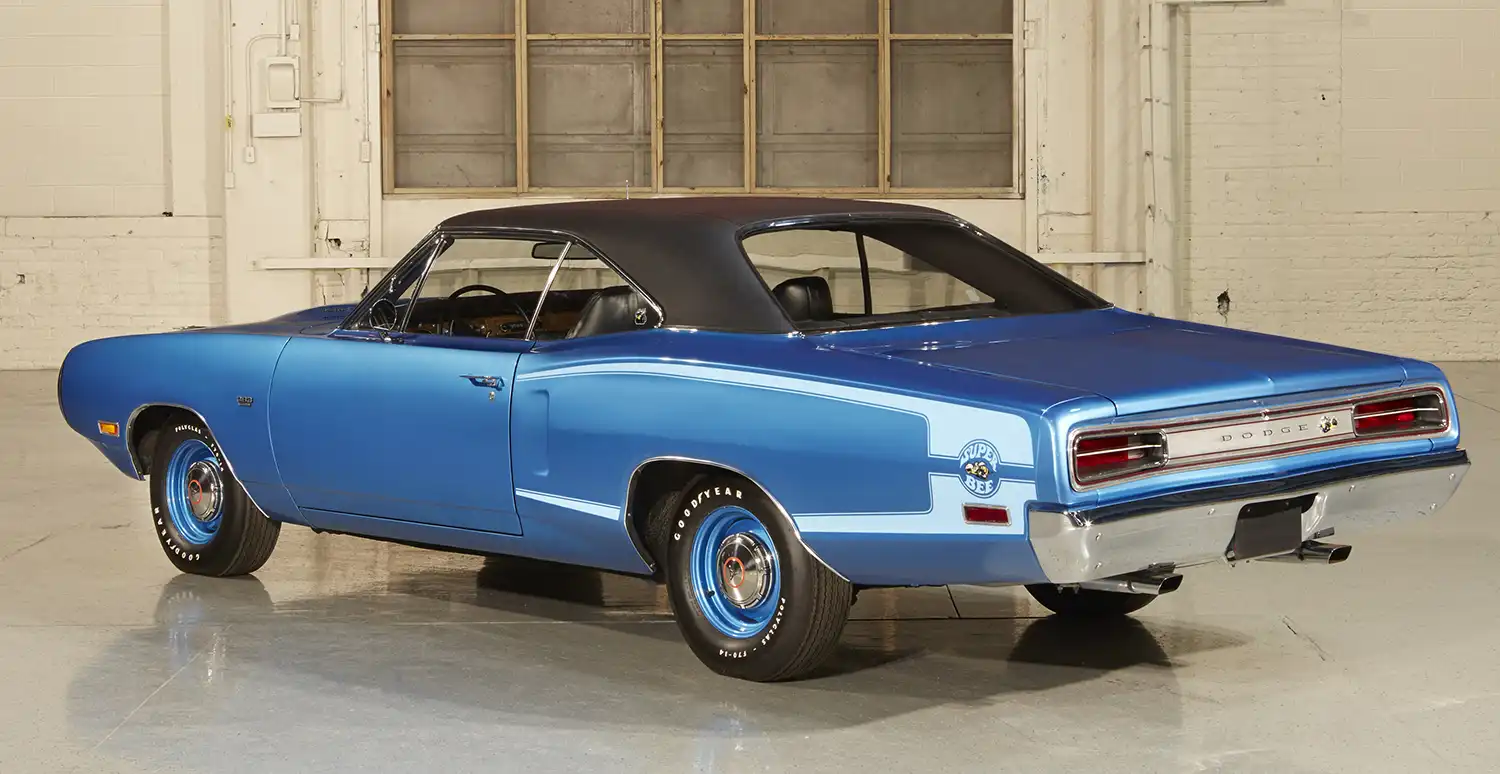
Design and Exterior Features
The 1970 Dodge Super Bee boasted a striking and aggressive exterior. It featured a unique dual-scoop hood, often with blacked-out treatment. This hood could be equipped with a functional “Ramcharger” fresh-air induction system. The iconic “Super Bee” logo appeared on the rear quarter panels. These bumblebee-themed graphics were bold. A distinctive split grille and full-width taillights characterized the front and rear. Chrome exhaust tips and rally wheels completed the look. The styling aimed to convey pure power.
Interior Appointments
Inside, the 1970 Dodge Super Bee offered a functional yet performance-oriented cabin. It typically came with a bench seat as standard. Bucket seats were an available option. These offered more lateral support. A floor-mounted shifter was common for manual transmission cars. The “Pistol Grip” shifter became a Mopar icon. A comprehensive instrument cluster kept the driver informed. This included a large speedometer and tachometer. Auxiliary gauges monitored critical engine functions. The interior focused on the driving experience.
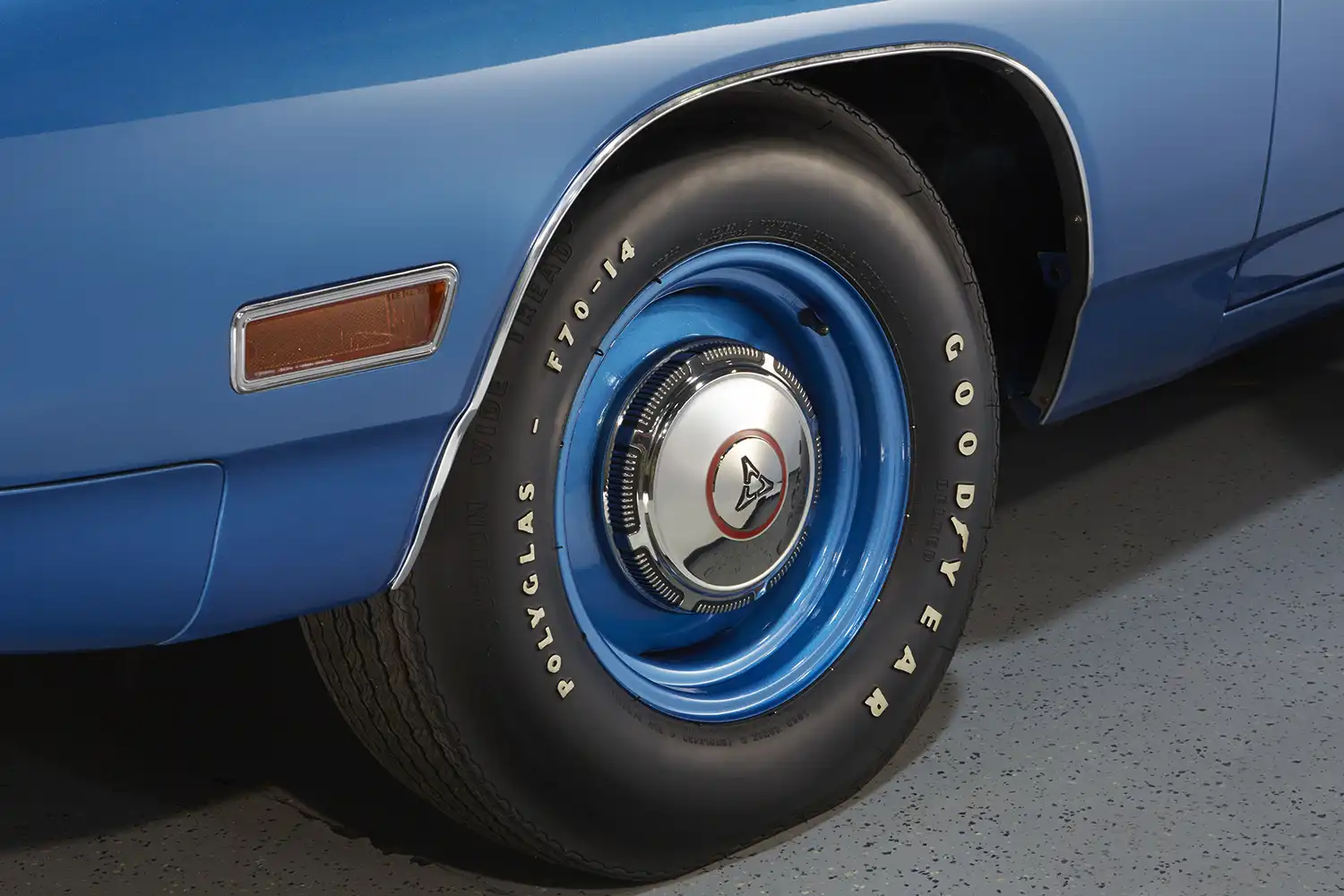
Chassis and Suspension
The 1970 Dodge Super Bee shared the Charger’s robust B-body platform. This provided a solid foundation for performance. Its suspension was calibrated for spirited driving. Heavy-duty torsion bars and leaf springs were common. These components managed the car’s substantial power. A front anti-roll bar helped minimize body roll during cornering. Power steering was a common option. Power front disc brakes were available. Rear drums completed the braking system. This chassis setup allowed the Super Bee to handle its powerful engines effectively.
Power and Performance Options
The 1970 Dodge Super Bee offered a range of potent engine choices. The standard engine was the 383 cubic inch (6.3L) Magnum V8. This produced a respectable 335 horsepower. For serious performance, buyers could opt for the 440 cubic inch (7.2L) Six-Pack V8. This engine featured three two-barrel carburetors. It generated an impressive 390 horsepower. The ultimate powerhouse was the 426 cubic inch (7.0L) Hemi V8. This legendary engine churned out a staggering 425 horsepower. Transmission options included a heavy-duty four-speed manual. The TorqueFlite automatic transmission was also available. This robust powertrain made the 1970 Dodge Super Bee a true force.
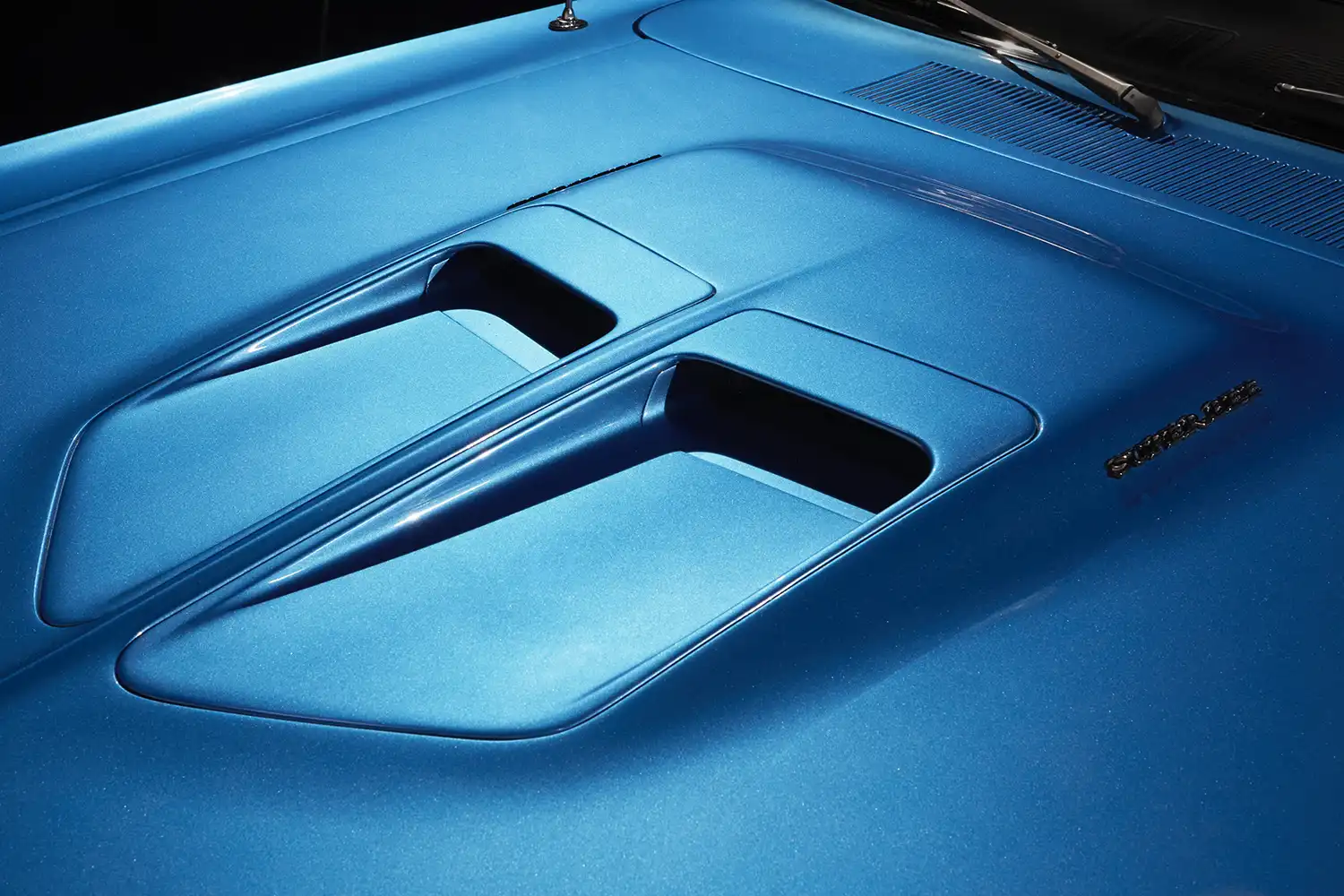
Legacy and Collectibility
The 1970 Dodge Super Bee holds a strong place in muscle car lore. Its aggressive styling and powerful engine options made it a standout. The move to the Charger platform for 1970 made it even more desirable. Its limited production numbers contribute to its collectibility. The Super Bee remains a prime example of Dodge’s performance heritage. It represents an era where horsepower ruled the streets. Enthusiasts continue to seek out these powerful machines. They celebrate the bold design and raw performance.
Summary
- Performance-oriented model of the Dodge Charger for 1970.
- Featured a unique dual-scoop hood and “Super Bee” graphics.
- Offered standard bench seat, optional bucket seats.
- Shared the robust B-body platform with heavy-duty suspension.
- Standard 383 Magnum V8 (335 hp).
- Optional 440 Six-Pack V8 (390 hp) or 426 Hemi V8 (425 hp).
- Available with 4-speed manual or TorqueFlite automatic transmission.
- Known for its aggressive styling and strong performance.
- Highly collectible due to its iconic status and power.
Disclaimer Information presented in this article is for historical and general knowledge purposes. Specifications and details may vary for individual vehicles. Always verify specific information with reliable sources.
Source: Stellantis
AI Assistance: Gemini

